
Exactly 4 years ago, perhaps, the most significant day happened in the history of Russian private astronautics: the first Russian commercial microsatellite,
“TabletSat-Aurora” produced by SPUTNIX and a pair of cubesat of 6U format
Perseus-M 1 and 2 from the division of another Russian private company - Dauria Aerospace. Together with them, the first Ukrainian nanosatellite
PolyITAN-1 also flew. Today I would like to talk about these and other Russian private firms, as well as how they are doing.
 Scheme of putting satellites into orbit on June 19, 2014
Scheme of putting satellites into orbit on June 19, 2014The history of Satellite Innovation Space Systems LLC began in 2009 as the satellite technology department of
ITC ScanEx LLC . In 2011, the department was transformed into a separate company and began developing the orientation and stabilization system for the
Chibis-M microsatellite, which was put into orbit on January 25, 2012. In the summer of the same year, Sputnix received a grant of 29.5 million rubles, provided that the company invests 10 million rubles of its own funds in excess of this. The agreement with Skolkovo only provided for the development of technology without the subsequent launch of a satellite into space, but thanks to a happy occasion (the American company, which planned to launch its satellite SkySat-1, refused to fly), the company had the opportunity to launch the first fully satellite, but for this the company needed to meet with the construction of a satellite in
8 months (from October 2013 to June 2014).

About 50 million rubles were spent on the production of Tablesat-Aurora, some of which covered the grant and the funds of
Kosmotras LLC on whose rocket was launched, due to which they received a third of the satellite. As a result, a 26-kilogram satellite was released with a resolution of 15 m per pixel and a capture band of 45 km, a connection speed of up to 70 Mbit / s and a 1 GB image storage device. Next month, the launch of two other satellites of the company - school microsatellites of 1U format SiriusSat-1 and -2 should take place. About half of the company's revenue (which in 2016 amounted to 65 million rubles) accounted for educational projects (in particular, the company offers its OrbiCraft-Pro nanosatellite platform for learning: models for schools and full-fledged versions of cubsat for universities), another 15% for export various components for satellites to Kazakhstan, France and for the Pakistan Space Agency.
With the
support of Sputnix,
Anisoprint also develops a 3D printer for work in zero gravity, unlike the project “Made in space” that has been working on a similar project since 2014, the domestic development should use as a print material not
thermoplastics , but materials, which should significantly increase the strength of finished products. Periodically, there are news that Sputnik has become part of
the Galaktika group of companies (in particular
, RBC and the founder of Galaktika, Aliya Prokofyeva, in one of the
interviews about their inclusion in this group in
December 2016 ), however, representatives of the company
denies this . As part of this group, Sputnik intends to launch a constellation of 170 100-kg satellites for satellite communications at speeds up to 1 Gbit / s.
The remarkable history of the company that scanned Sputnix - ScanEx: its history began
in 1989 as a company producing stations for receiving data from satellites (during this time about 300 pieces were produced). In 2004, the company decided to expand its scope of activity to software products and web solutions on this topic. In 2011, the company became a supplier of images for the Yandex.Maps service and received a contract for RUR 1.3 billion from the Federal Registration Service. In July 2013, Rosreestr filed a lawsuit in the amount of
102 million rubles for the company for the delay in the terms of this contract, in connection with which the founders of the company Vladimir and Olga Gershenzon subsequently sold 90% of their company’s shares for
900 million rubles . The company continues to work on providing geo-information services for private and public companies.
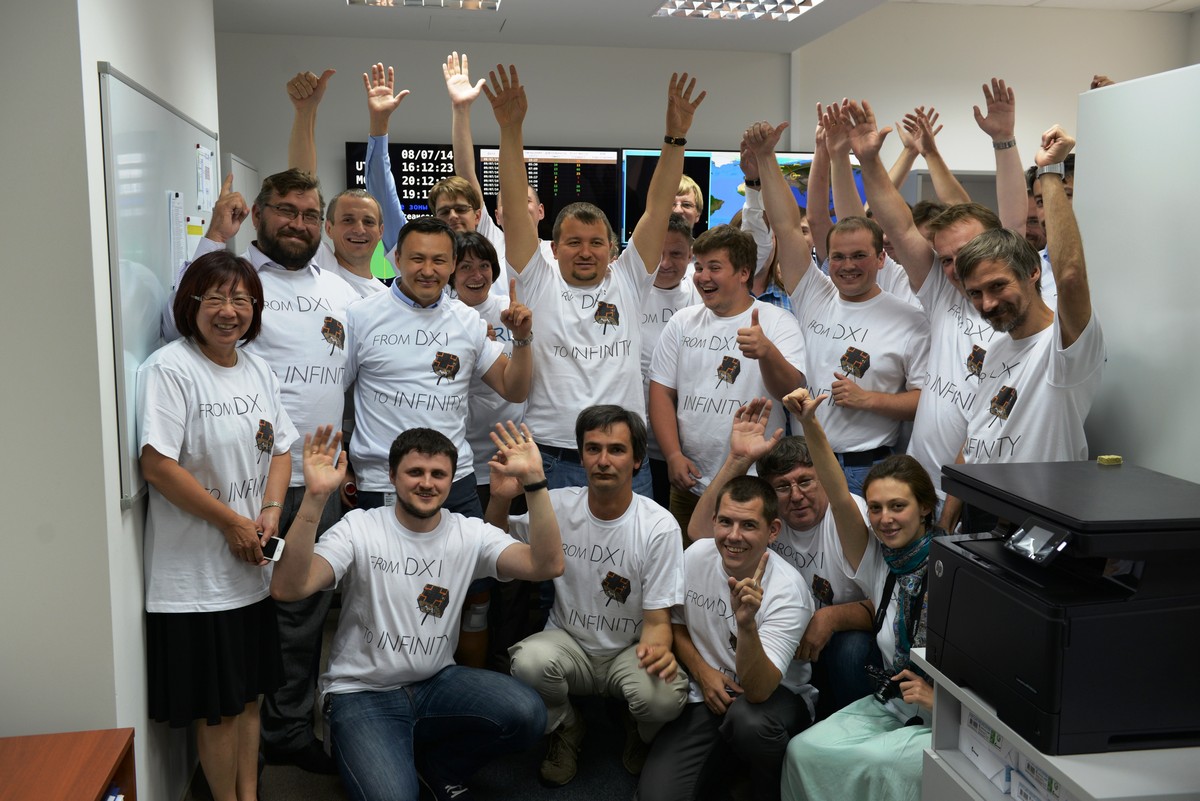
The company was established in 2011, its three founders were Mikhail Kokorich (who was the owner of Tekhnosil home appliances network), Sergey Ivanov and Dmitry Khan. Their total initial investment was about
$ 10 million . The same year,
branches in Germany (Dauria CloudEO) and the USA (Canopus Systems US and Dauria Geo opened a little later) were opened, and the following year she received a license from Roskosmos. While the Russian and American divisions were engaged in the development and production of satellites, the German one created a software environment for processing satellite data. Soon after, the company won a tender of 310 million rubles for the production of two 6U satellites which were originally to be delivered by the end of 2014. In October 2013, the company also received $ 20 million of investment from the I2BF fund, and due to the sale of two Perseus-M satellites launched in 2014, Dauria received another $ 6 million (due to the fact that they were developed jointly with the American division of the company, the title of the first Russian company that launched Sputnix has undividedly got his own satellite into space. In less than a month (more precisely on July 8), the DX1 microsatellite (its development and production was estimated at $ 3 million) is also in orbit. In the same year, a private order was received from the Indian company Aniara Communication for the production of two geostationary satellites and an order from the Russian operator Sovzond for the production of a high-resolution satellite ($ 100 million each) and a grant from the Skolkovo fund for 150 million rubles for the development of satellite platform "Auriga" for them. Another $ 5 million Dauria itself has already invested in the development of these satellites.
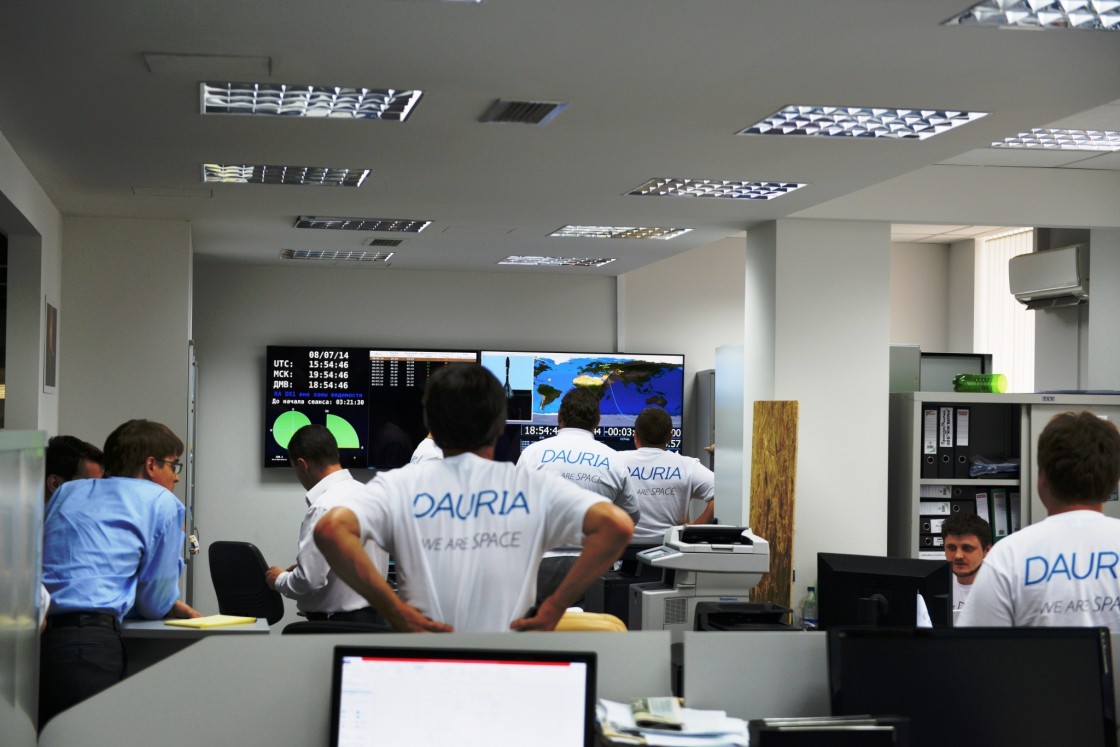
At that, luck turned away from the company: due to the foreign policy and economic situation, it had to
close its foreign representative offices in 2015 (although instead, under the
$ 70 million contract signed in October of the same year, Cybernaut China investment fund Dauria is going to open its office in Hong Kong) . Soon, Roskosmos demanded a penalty in the amount of 8.2 million rubles (according to other data
16.5 million rubles ) for disrupting the delivery of ordered satellites, and after a failed launch on July 14, 2017 of these satellites (ICA-N N1 and N2), Roscosmos demanded the company still has 290 million rubles (Dauria reports that from the general contract for 310 million rubles by the time it was delivered only
274 million rubles and the fact that the recovery of such an amount threatens the company with
bankruptcy ). In addition, it is reported that already in March of this year, the subdivision of the Lavochkin Scientific Production Association launched a lawsuit against the company for an additional 24.2 million rubles for non-payment of launch services. Even more sad is that among 10 (and possibly
even 21 ) of the 73 satellites launched at a record launch for Roscosmos, the first Russian crowdfunding satellite
Mayak , which also failed due to the anomaly, was also out of order. in the work of one of the engines of the upper stage.
Against this background, the news that Vitaly Egorov (better known as the Green Cat) is
leaving the company looks bad, which may indicate a reduction in their staff. However, despite the disgusting behavior of representatives of Roskosmos, who, even after disclosing the fact of malfunctioning in the upper stage and satellite failure (TsNIIMash concluded that the external influence was the reason) continue to block themselves in every possible way (
demanding that the Astro Digital
explained the reasons for obtaining insurance and claiming that Dauria’s satellites were
1.5 km away from the upper stage at the time of the anomaly, the State Commission’s collection about the accident, which Dauria Aerospace was in favor of,
would still
be held . This leaves hope that the company will be recognized as innocent of the accident and will remain afloat, and Roskosmos will be able to get insurance for the launch and calm down on it. Despite all the scrape, the company continues its work: the latest news from it was the adoption
on December 28, 2017 of the project of the ATOM geostationary platform weighing about a ton, flight tests of which are planned for 2020-2022. After these tests, the company should start building 2 commercial satellite versions for an Indian customer (the company is currently preparing 6 satellites for orders totaling $ 300 million).
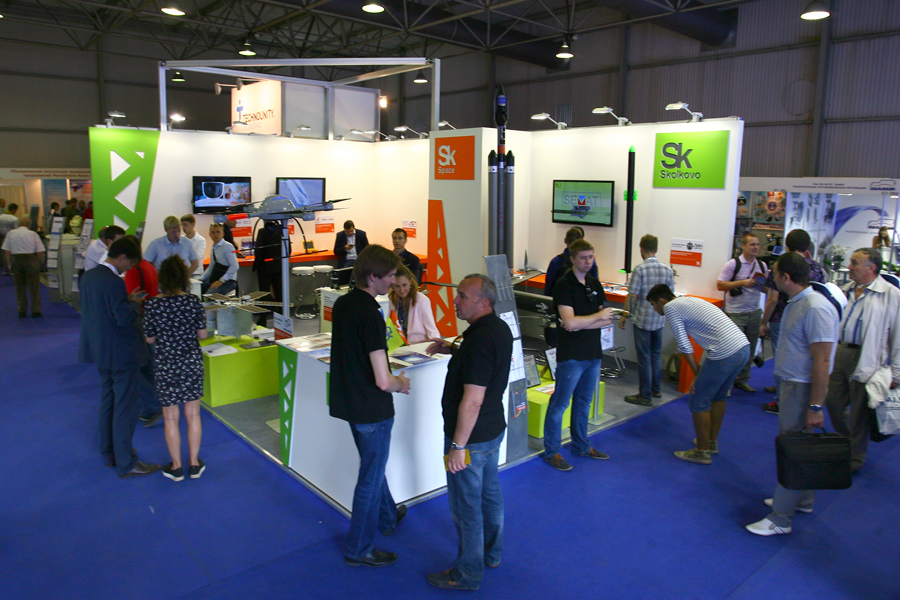
The company was founded in January 2014, received
on June 25 the status of a resident of the Skolkovo Foundation and a grant of 5 million rubles. The first investor of the company were representatives of Wargaming.net Vyacheslav Makarov and Sergey Burkatovsky (the latter also invested 5 or
10 million rubles in a project for a 10% stake). The company was going to build a Taymyr launch vehicle designed for the withdrawal of cargo of 10-180 kg by 2020. The total cost of the project was estimated at $ 8.5 million. Due to the fact that the company failed to
agree with MAI or other organizations on the use of their stands for engine testing, the test of the first Russian rocket engine created by a private company was held
on December 14, 2016 in the industrial zone of Moscow on a site not equipped for this purpose.
Engine test videoThe test ended at the 4th second with engine destruction (the alleged cause is the entry of catalyst particles into the combustion chamber and the subsequent destruction of the injectors), one of the fragments flying off caused a wrist injury to a person not involved in the tests, who was in the back room of the adjacent site. The issue of compensation for damage to health was resolved in the pretrial order. In this connection, the cost of the project was revised up to 13 million euros, and the implementation time was attributed to 2023. Also, due to
technical difficulties, we had to abandon carbon-plastic tanks in favor of aluminum ones, which forced us to add a third stage to the rocket and reduce the payload to 80 kg. The cost of launching a rocket is estimated at $ 4.5 million (a similar project of the Electron rocket from Rocket Lab proposes launching 150-225 kg for
$ 5.7 million excluding wholesale discounts). In addition, the company has projects of other light-class missiles Aldan, Adler, liquefied gas missiles Aniva, the
Blizzard aerospace system, and even the
Zeya single-stage return carrier. In the course of the transaction, completed on November 8, 2017, the company became a part of the group of companies “Galaxy”. Under the terms of the agreement,
150 million rubles will be invested in Lin Industrial, but judging from the fact that from that moment only
one LRE camera could be printed on a 3D printer, and employees have to work at home to save on the office - in the financial plan, Lin’s business Industrial continue to go bad. It also became known that the former director of the company is going to
immigrate to the United States and create his own rocket startup already there.
The founder of the company, Pavel Pushkin, before its creation, was engaged in the modernization of the Proton carrier rocket and the development of the Angara in JSC Khrunichev State Research and Production Space Center for 10 years, holding the position of deputy head of the design and research department from 2006 to 2014. At the end of 2013, one of the Russian billionaires turned to him (whose name he chooses not to name) and asked for advice on how much better to invest in the space industry. So Cosmocourse, a company developing a rocket for suborbital tourism, was born. Unlike the creation of Jeff Bezos
“Blue Origin”, this company is going to launch tourists to twice the height (about 180-220 km), which will provide tourists with 5.5 minutes in zero gravity with a total flight time of 14 minutes. The cost of the flight is estimated at $ 200-250 thousand, the first test launches of the rocket are scheduled for 2023, and the launches of tourists - by the 2025th.
Of all the firms represented here, she alone has no problems with financing: according to Pushkin himself, the investor is ready to invest in the project all the
$ 150-200 million that is estimated to be needed for the project. According to these plans, by 2030 the company should go on schedule to launch
700 tourists a year (115 launches, 8 tourists at a time), with a ship resource of 10 launches, their production is 10-12 pieces a year. The launch mass of the rocket must be packed in 80 tons, of which 7 will fall on a capsule with people. The fuel will be oxygen and alcohol, as an option is considered landing on parachutes (analogue of the Blue Origin flight
procedure from Blue Origin) and a fully reactive landing (this option was worked out in the SpaceX spacecraft Dragon V2, but was not accepted by NASA). In 2016, for the first time in national history, the company
coordinated tactical and technical specifications with Roskosmos and received a license to conduct space activities
in the summer of 2017 . The current staff of the company is about 30 people, but at the moment it needs about 50 employees, so CosmoCourse continues
to recruit employees .
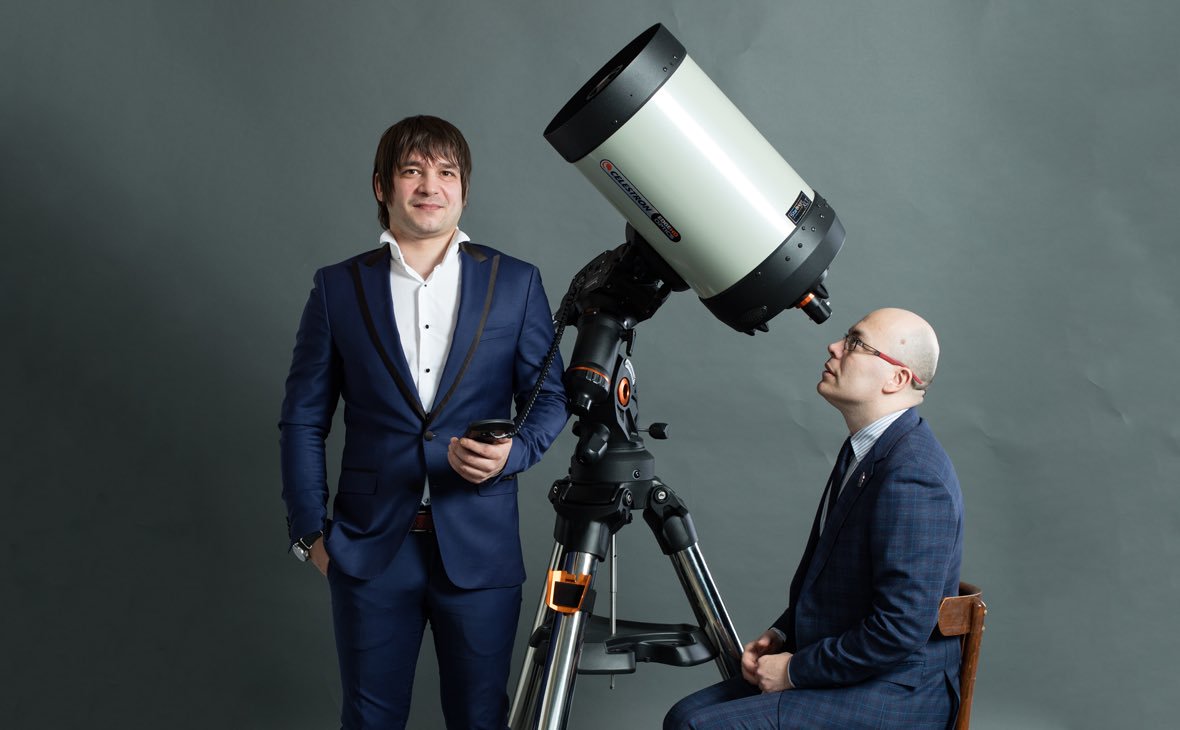
This company has two divisions: NSTR Space Systems and NSTR Rocket Technologies (NSTR comes from the abbreviation of New Space Technologies Research). While the first of them is developing an
AstroNYX network of automated telescopes designed to be controlled via the Internet, the second is developing an Errai ultra-light launch vehicle for payloads of 1-10 kg.
On November 14, 2016, for the first time among Russian private firms, they were able to carry out a test of LRE for 85 kgf. In
November 2017, the company acquired 5 hectares in the Voronezh region for the construction of Russia's first privately owned rocket production plant.
Engine test videoAt the first stage, it is planned to manufacture meteorological rockets capable of delivering a load of up to 3 kg to an altitude of up to 100 km, and then to proceed with the production of launch vehicles for microsatellites. The company has already received several tens of millions of rubles from Boris Zhilin’s “Abner” holding, but the firm’s estimates should cost
500 million rubles to build a plant and build an ultra-light Errai rocket, so the company continues to look for investors. The company has
its own LiveJournal in which news about it periodically appears.
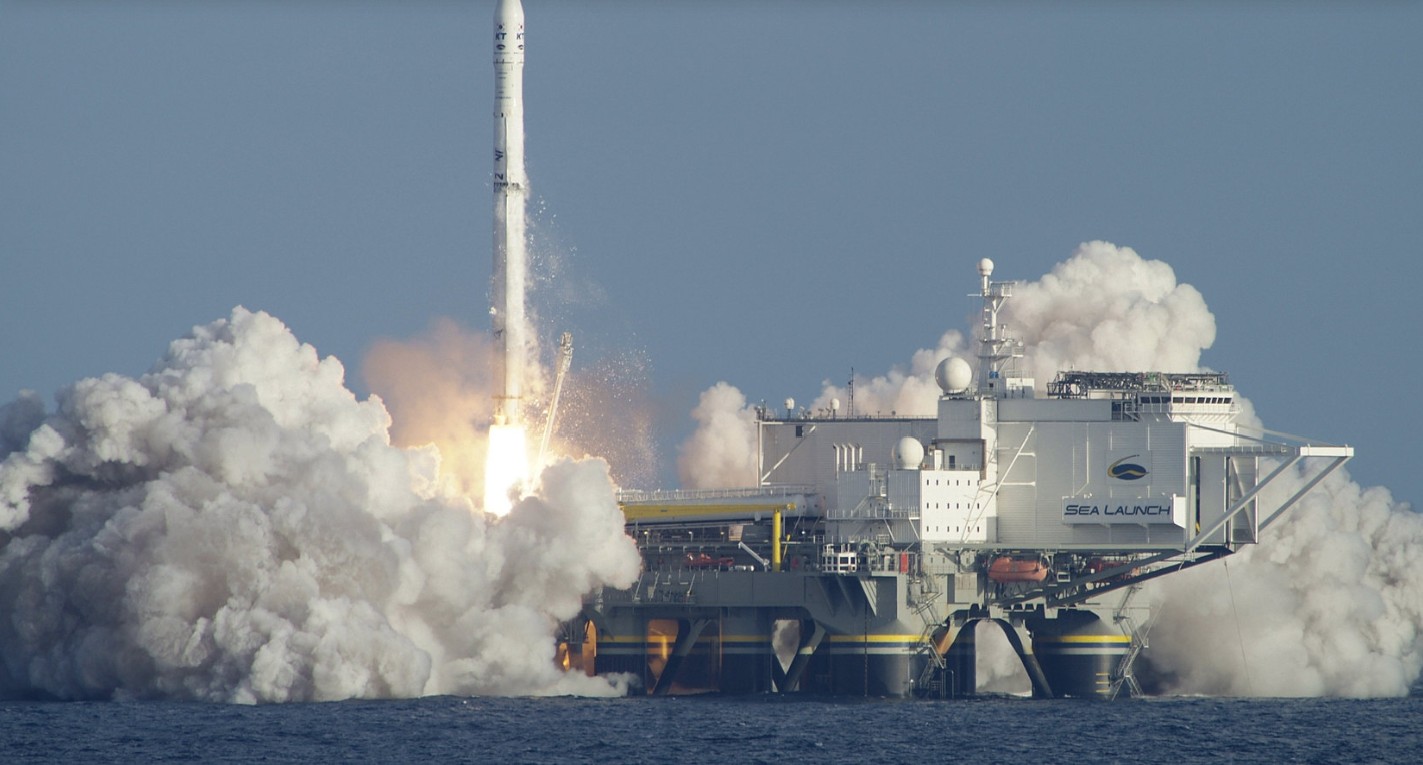
In 2016, the Russian holding S7 Group (specializing in air transportation) acquired the RSC Energia from the Sea Launch launch site and its ground base in the port of Long Beach, USA. The total amount of this transaction is estimated at
$ 150-160 million . In the course of this transaction, S7 Space or the full name of C 7 Space Transport Systems LLC was born. February 20, 2017 the company
received a license to carry out space activities. Soyuz-5 is considered as a carrier for launches in the long run, although S7
still has disagreements with Roscosmos over the high price that the space agency already
plans to lower . However, due to the fact that the first launches of Soyuz-5 should take place no earlier than 2022, a simple platform costs the company
$ 16 million annually , until the end of the decision on Union-5, they decided to resume Zenit-3SL launches from Sea Launch for this period and
on April 28, 2017, they concluded a contract with UZHMASH for the supply of 12 missiles.
Also, the company's general director, Sergei Sopov, points out that the political situation has seriously harmed the company: for 8 months now they have failed to agree on the supply of engines and other Russian components (which account for
about 80% of the price of the entire rocket), and its final assembly had
to be
transferred in USA. On December 26, 2017, the company made its first launch from the Baikonur cosmodrome (the launch was considered successful, but the satellite itself -
Angosat-1 - was eventually declared faulty), later it is also planned to launch land launches along with launches from the offshore platform in the equatorial region of Pacific Ocean east of French Polynesia.
According to current plans, launches should be resumed in December 2019, 3 launches are already scheduled for 2020, and 4 more launches for 2021 and 2022. In total for the next 15 years it is planned to make
about 70 launches . The company also announced its readiness to participate in the plan for the commercialization of the ISS and is already
going to build a plant in Samara for the production of NK-33 and NK-43 engines (the purchase of engine licenses and the resumption of production is estimated at $ 300 million). It is supposed to use these engines in the Soyuz-5SL launch vehicle.
Who else?
A number of smaller firms are also present in Russia: the Zelenograd optical enterprise Lepton;
Azmerit, which produces star sensors (at the beginning of last year, the RCS holding, which is part of Roscosmos, invested in it in exchange for a
third of the shares ) and
Gaskol ; manufacturer of digital photogrammetric systems for processing satellite images "Racurs"; Astkomonikon, which designs nanosatellites and immediately founded 4 participants of the Skolkovo space cluster, Tekhkom (there were 72 firms in the cluster, but
at the moment it was already combined with nuclear), one of these firms is engaged in miniaturization of electronics intended for use in satellites while the other is the development of rocket engines for satellites. But to move from the design of individual parts to their fully satellites and rockets, as well as to get the fame of the above companies, they still can not.
In addition, in just 2 weeks, a new company,
SysX , should emerge, which is developing its own suborbital rocket, which should reach 117 km. And yes, its name is a reference to the well-known firm Ilona Mask, and its motto (as it is not difficult to guess) is “How do you feel about it, Ilon Mask?”.